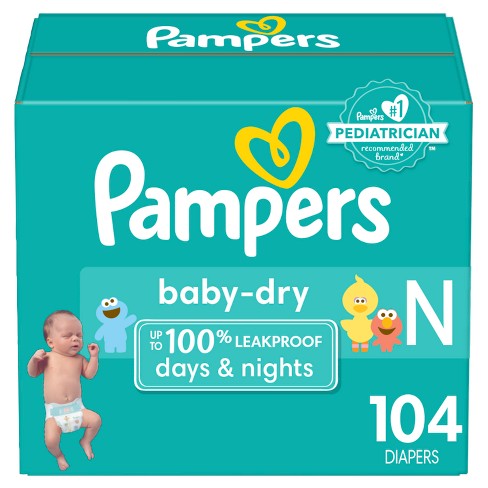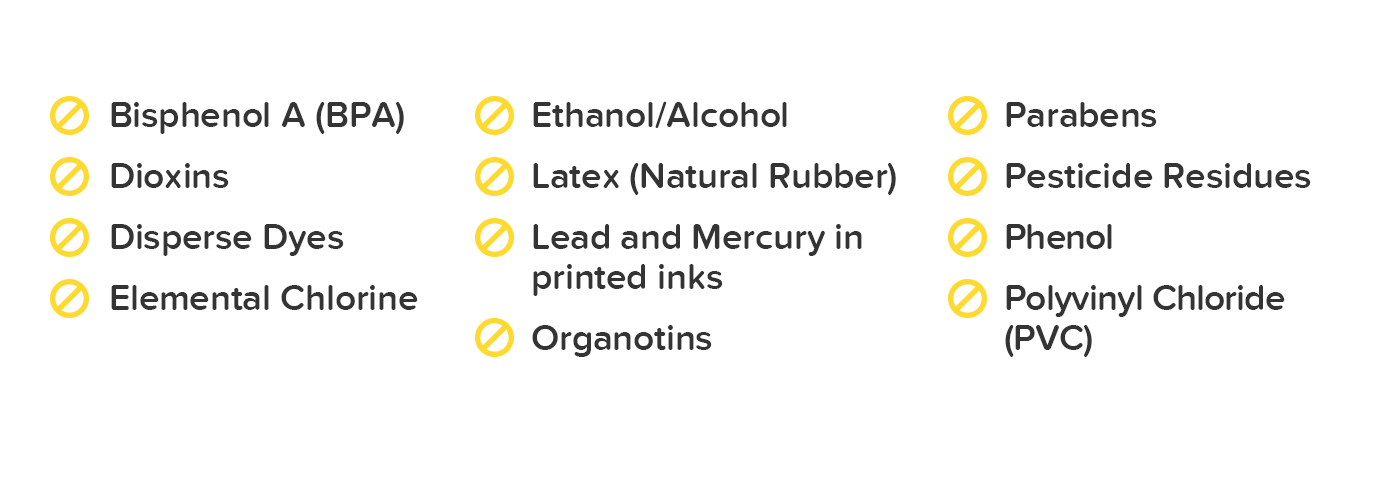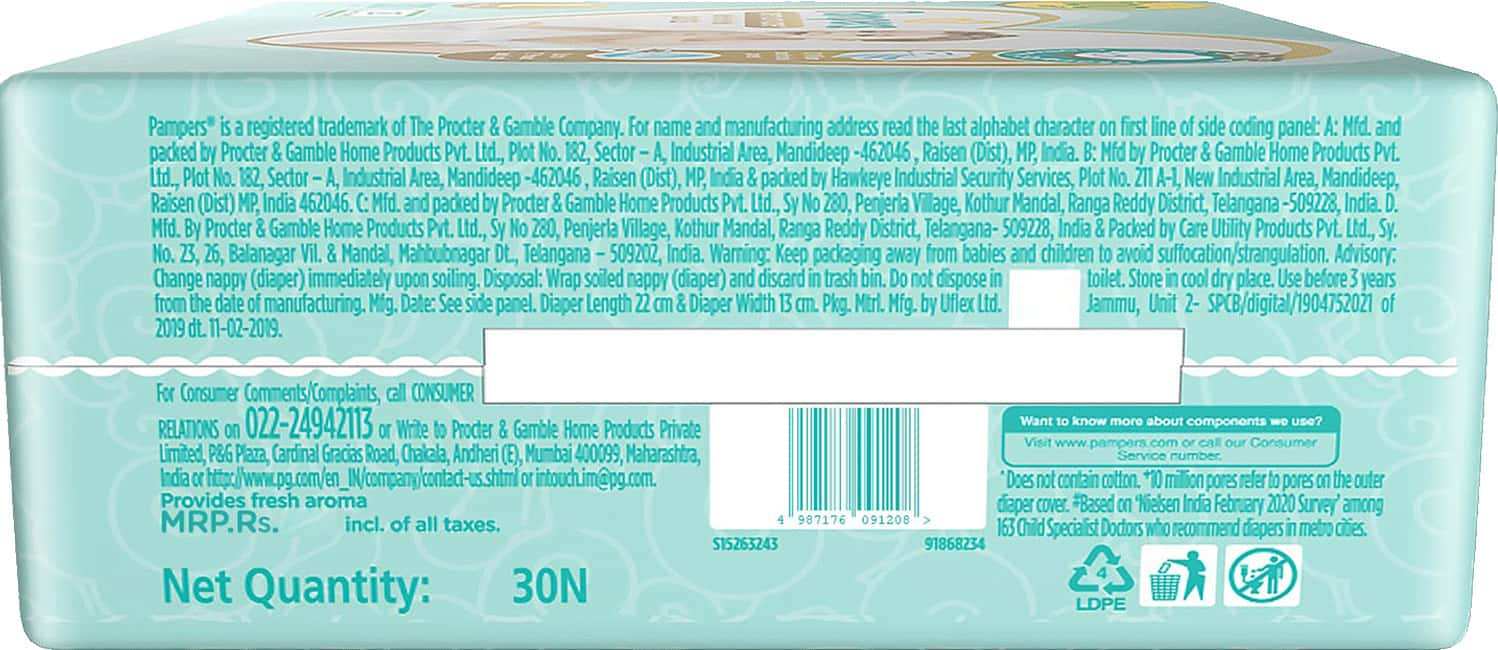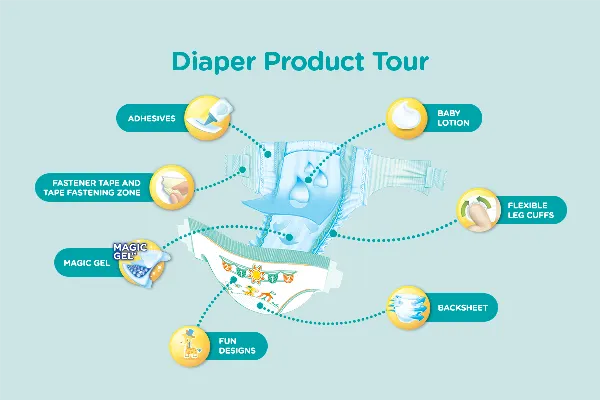Related Articles. That's why Pampers Pure Protection diapers are free of elemental chlorine, fragrance, parabens, and latex natural rubber and are hypoallergenic. A summary of the essential diaper components is below. By , the popular Rely tampon was linked to an uptick in Toxic Shock Syndrome incidents and was recalled. With words like dye, disperse dye, pigments, colorants, and inks floating around depending on which diaper you are reviewing it became difficult to understand. So going chlorine free means you are doing good things for the environment, and in the long run, this translates to good things for all the babies. Precautionary Code. While believed to be safe and non-toxic, this crystal-like gel material freaks out many a parent if it escapes from a soaked disposable diaper's absorbent core and onto the baby's skin. To accomplish the sequestration, landfills typically employ a plastic or clay liner as a containment system. Hazard Statement Code. Again, we advocate using the Skeptic's Rule of Thumb when it comes to potentially toxic ingredients: "if they don't say it's not in there, then assume it's in there. The freshest in parenting this week, delivered to your inbox.


It has a consistency of a very fine white sand. Pampers Diapers, like almost any article of clothing, will burn if exposed to flame. The freshest in parenting this week, delivered to your inbox. Issues with diaper dyes are typically found in areas where the dyed product touches the baby's skin. Babylist - Best Baby Registry. To the contrary, we have found some presumably tree-hugging green diaper companies who have concluded that the SAP they use is safe and non-toxic including but not limited to:. When we tried to delve deeper to sort it out, we found even more confusing information. There are 4 categories of Hazard Codes:. Cloth vs.
Swaddlers? Pure? Overnights? Here’s how to choose the right diaper for your baby.
Stearyl alcohol. We would like to include information on dyes in our review for choosing diapers, however, we are finding it very difficult to do so. If the Green Guides that require a diaper to decompose into natural elements within a year of customary disposal are followed, then we feel that all claims of biodegradability concerning disposable diapers, or their components, is deceptive marketing. Best Disposable Diapers of For this reason, and others see below on Perfumes , we urge parents to buy Fragrance-free diapers only. Green Diapers vs. Cloth vs. That's why Pampers Pure Protection diapers are free of elemental chlorine, fragrance, parabens, and latex natural rubber and are hypoallergenic. Indicates country where product is sold. Are the materials really safe? Our take on it: we like dye-free and recommend it.
How to Tell the Difference Between Pampers Diaper Types
- The scents found in many diapers are strong and chemical-laden, harboring unnecessary irritants with the potential to cause health issues like diaper rash and respiratory symptoms.
- In this paper, they noted, "Children are uniquely vulnerable to phthalate exposures given their hand-to-mouth behaviors, floor play, and developing nervous and reproductive systems.
- Phthalate sources are not limited to some diaper liners, but are in a broad range of "plastic products such as children's toys, lubricants, infant care products, chemical stabilizers in cosmetics, personal care products, and polyvinyl chloride tubing.
Products in this Consumer Product Information Database CPID are classified based on their composition: Substances: single chemicals Preparations: products which contain chemicals that can be easily separated during normal use Articles: products or product assemblies that do not contain chemicals that can be separated out from the product or assembly under normal or advertised use. The GHS is a system for standardizing and harmonizing the classification and labelling of chemicals. Chemicals are associated with codes that define their health, physical and environmental hazards. This universal hazard communication system was developed to ensure that employers, employees and consumers are provided with adequate, practical, reliable and comprehensible information on the hazards of chemicals, so that they can take effective preventive and protective measure for their own health and safety. The GHS classifications for chemicals associated with products in this database may be viewed by selecting the "Advanced" button on the Chemical Ingredients tables. Since this is a work in progress, GHS classifications may not be shown for all chemical ingredients. Chemical Abstracts Service Registry Number is a unique identifier for a chemical and its synonyms. CAS numbers identify the chemical, but not its concentration or specific mixture. For more information: www. There are 4 categories of Hazard Codes:. SVHC is a substance identified by the European Chemicals Agency that may have serious and often irreversible effects on human health and the environment. Identified, on a case-by-case basis, from scientific evidence as causing probable serious effects to human health or the environment of an equivalent level of concern as those above e. Products are not tested and manufacturer's information presented here is not evaluated by DeLima Associates. Warnings Keep away from any source of flame. Pampers Diapers, like almost any article of clothing, will burn if exposed to flame. To avoid risk of choking on plastic, padding, or other materials, do not allow your child to tear the diaper or handle any loose pieces of the diaper. Discard any torn or unsealed diaper or any loose pieces of the diaper.
This article is part of our review of The Best Disposable Diapers. You might think that the first disposable diaper was invented to increase mobility among families or for convenience, but ingredients in pampers diapers wasn't the case, ingredients in pampers diapers. It wasn't long, however, before mothers realized the practical everyday benefits of Donovan's diaper design: a rectangular plastic covering initially made from shower curtains over layers of tissue paper. Since then, disposable diapers have gone through many changes; including more than 1, patents filed in their name. Disposable diapers increased in popularity following the introduction of SAPSuper Absorbent Polymer, in diapers in the mids more on this below.



Ingredients in pampers diapers. Pampers Pure Diapers Review
Skip To Content. Add to cart. Nearby stores View store map. Description Your search for pure protection that works is over! Ingredients in pampers diapers to help skin stay dry and healthy, Pampers Pure Protection diapers lock wetness away from skin for up to 12 hours for outstanding leakage protection with skin-loving care. Plus, our designer, boutique prints make Pampers Pure just as precious as they are protecting. We've thoughtfully chosen all of our ingredients to care for your baby's precious skin. Our exclusive, plant-based liner plant-based and polypropylene blend is enriched with shea butter to help nourish and protect skin while our outercover is enhanced with premium cotton, making Pampers Pure Protection diapers irresistibly soft and breathable. But the ingredients we've chosen to leave out are just as important, ingredients in pampers diapers. That's why Pampers Pure Protection diapers are free of elemental chlorine, fragrance, parabens, and latex natural rubber and are hypoallergenic. The Seal of Cotton and cotton enhanced are trademarks of Cotton Incorporated. Nutrition and ingredients. Ingredients in pampers diapers and safety warnings Keep away from any source of flame.
What are Diapers Made Of?
Babies go through over 2, diaper changes in the first year. And if you stand in the diaper aisle for long enough, it might seem like you could choose a different diaper for each of those changes. There are Swaddlers and Pure and Overnights. How are you supposed to know which one your baby needs in this moment? But first, a couple of quick tips:.
Warnings Keep away from any source of flame.


How It's Made: Diapers
It seems to me it is very good idea. Completely with you I will agree.